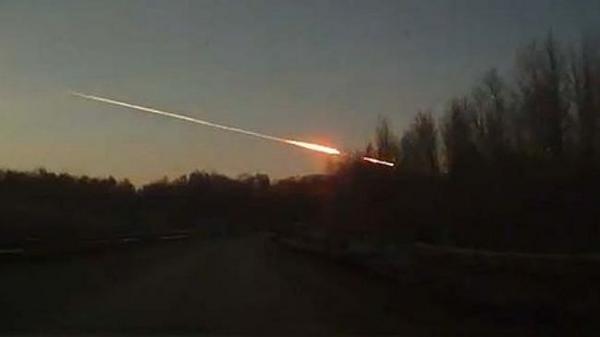Over human history, our ancestors have looked up in the sky wondered about “falling stars” – fiery, bright bolts of light streaking through the sky. What were these strange lights in the sky and where did these “falling stars” come from?

We now know that these are not “stars” at all but are instead small bodies of solid materials travelling through space, called meteors. When meteors pass through the Earth’s atmosphere they generate heat because of the friction between air and the meteor’s surface and end up, burning up in a bright fiery train of light. Most meteors are destroyed/burned up entirely as they enter our atmosphere with some very small particles surviving down to the Earth’s surface. Large meteors surviving the journey through the atmosphere are very rare.

Scientists believe that tens of thousands of meteors pass by Earth with thousands falling onto the surface every day, most ending up in our vast oceans and seas. The source of meteors is likely broken fragments of comets, which can break up into millions of pieces and continue to travel through space as a meteor shower. Meteors associated with comets often appear to travel in a set orbit through space. A meteor that reaches the surface of the Earth intact is called a meteorite.
